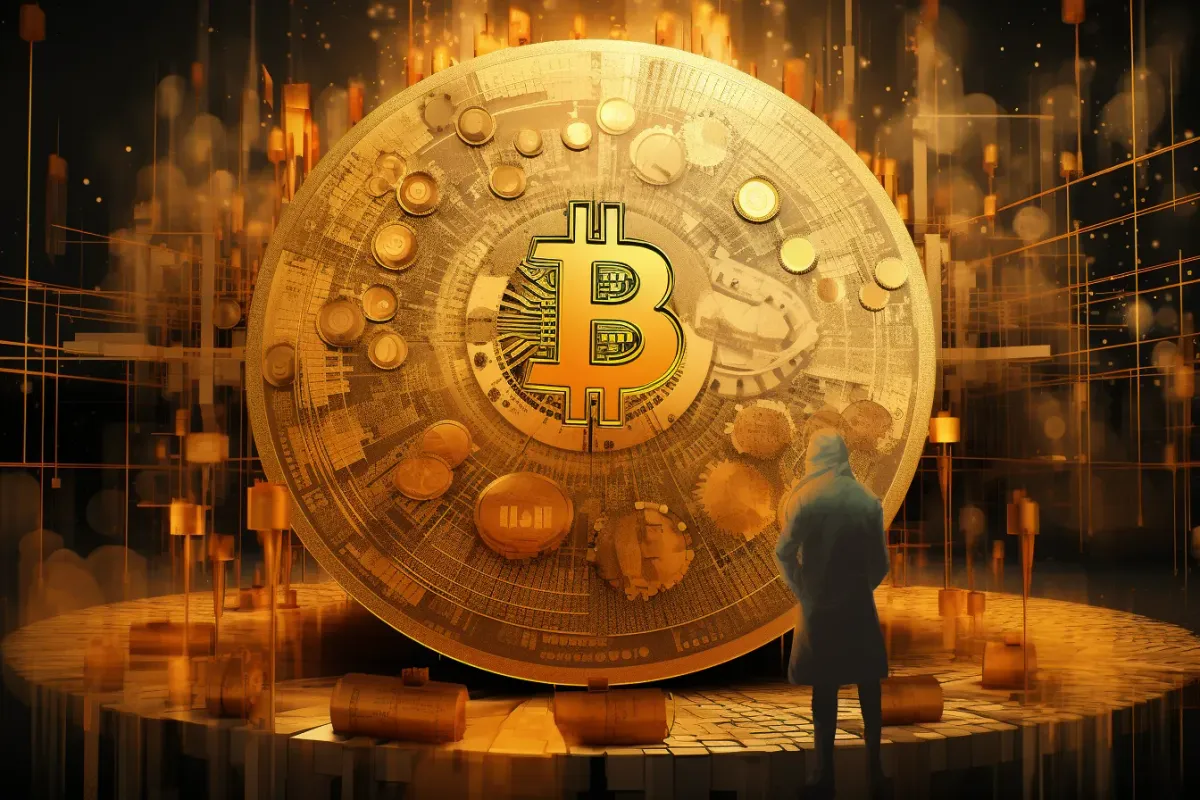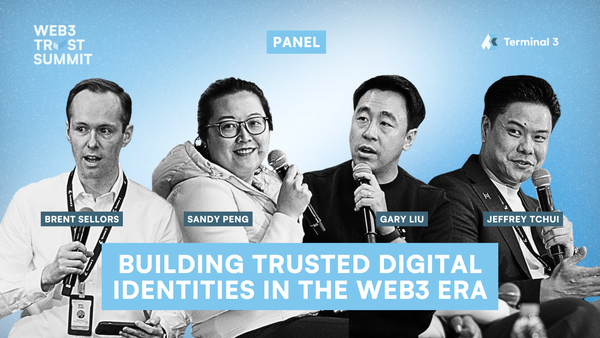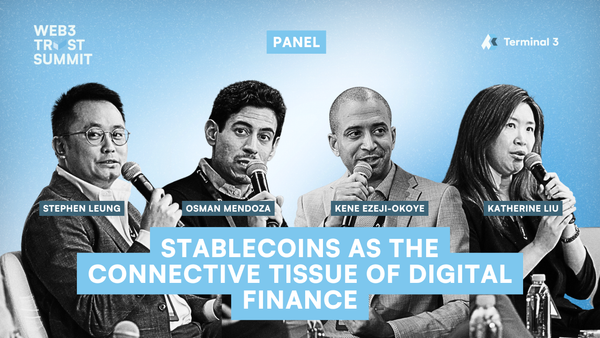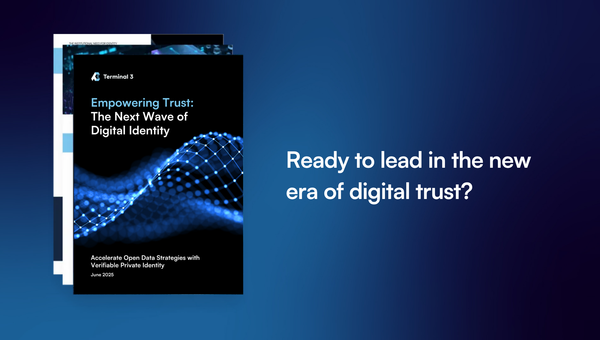Ordinals have made Bitcoin fun again—but also divided once more

GM,
This week we are diving into a controversial topic: Bitcoin Ordinals aka NFTs on the Bitcoin network.
Bitcoin purists wish NFTs would stick to places like Ethereum or Solana. Yet the birth of JPEG collections this year on Bitcoin have contributed to Bitcoin’s incredible price surge in recent months by giving it new use cases.
But increased volume and higher prices have driven transaction fees to an average of $25. Ordinals have divided the already polarized community that is the Bitcoin ecosystem.
Let’s dig in!
What’s going on?
Bitcoin has been the biggest performer of cryptocurrencies this year, and it is arguably driving a recovery that could lead crypto into the next bull market.
Bitcoin’s surge is partially down to very unorthodox reasons: the emergence of Ordinal Inscriptions, an upgrade that allows NFT-like features to live on the Bitcoin blockchain. That created an entire new genre of Bitcoin products that appeal to new audiences and have driven over $100 million in revenue for miners.
But Ordinals have increased transaction fees significantly which has led some Bitcoin purists, who believe Bitcoin should strictly be a store of value, to brand them “spam” and a “bug.” One core developer working on Bitcoin wants to banish inscriptions which he claims are “exploiting a vulnerability”.

Ordinals have been one reason the price of Bitcoin has more than doubled this year, despite a winterish outlook in Web3
SO WHAT?
1. Making Bitcoin fun again
Ordinals were made possible on Bitcoin by an upgrade to the Bitcoin Network called Taproot which came into effect in November 2021. The upgrade essentially enabled Bitcoin transactions to be more efficient—faster and cheaper—but it also enabled digital content, such as images and videos, to be inscribed on to the Bitcoin blockchain.
Taproot was designed to “make Bitcoin fun again,” according to developer Casey Rodarmor who led the upgrade. But it isn’t just for laughs. Rodarmor has said he believes different sources of demand can only be good for Bitcoin. He told Coindesk in an interview that he is a classic Bitcoiner because he dislikes government and values Bitcoin for its monetary potential.
Still his upgrade has enabled collections like Taproot Wizards, one of the first Bitcoin NFTs to be released with the goal of “making Bitcoin magical again.” The collection features 2,108 unique images, although less than 1% have been given to the community so far, according to TechCrunch—which also reported that the company raised $7.5 million from investors.
2. Clogging the Bitcoin network
This new found appeal has run into plenty of criticism. Bitcoin is well known for its community of “Maxis” who believe the mission should focus on being a global, digital alternative to centrally-controlled economies.
They include Luke Dashjr, a Bitcoin core developer, who described inscriptions as “spam” that are clogging space on the Bitcoin network and forcing transaction fees to rise because they’re increasing the number of transactions. He is pushing for Bitcoin miners, who validate and carry out all transactions, to filter out inscriptions to ensure they are not completed.
It would certainly have taken a bold prediction to imagine that Bitcoin transaction volumes would hit new records this year, a crypto winter with depressed prices across the cryptocurrency board. But that’s exactly what happened in September and then November thanks to a surge in interest in Ordinals.
That surge saw transaction fees rise beyond Ethereum and other chains to reach an average of $25 earlier this month. That’s hardly ideal for a global, digital currency.
3. Evolving for new uses
Supporters of Ordinals echo Rodarmor in arguing that the network must broaden and welcome new use cases.
“Ordinals is great for Bitcoin. It allows the Bitcoin network to secure other assets in addition to the native fungible token, BTC. Ordinals strengthens Bitcoin, and adds value to Bitcoin. The incentives are all aligned,” argues Danny Yang, who runs the OnChainMonkey NFT collection on Bitcoin. He believes Dashjr is advocating for censoring inscriptions which would “tank” Bitcoin since it deviates from its core principles.
Bitcoin has a maximum supply of 21 million Bitcoins. When that limit is hit, miners—who execute all transactions—will rely on transaction fees alone. Yang argues that diversifying types of transactions with inscriptions is crucial, and his data suggests that Bitcoin Ordinal NFTs have created some $100 million mining fees this year alone.

Data shared by Danny Yang shows fees from Ordinals crossed $100 million in November, when Bitcoin saw record daily transaction volume, too
But there is also potential for more. Inscriptions have been used to mint Bitcoin Ordinals so far but any type of data could live there and, crucially, the data stays on chain on Bitcoin. That’s unlike blockchains like Ethereum which point to data held elsewhere and serve as a ledger or point of reference.
The debate around Ordinals is an interesting one as Bitcoin grapples with becoming more mainstream through ETFs and now more playful features like NFTs. There will always be those who want to stick to the rigid, core mission.
News bytes
The SEC wants to use admissions by Binance and its former CEO Changpeng Zhao (CZ) in its Justice Department settlement in its own lawsuit against the cryptocurrency firm
Sticking with Binance, CZ is unable to leave the US and return to Dubai, where his family are, until his sentencing in February—he is tipped to get around 18 months in jail after pleading guilty to money-laundering violations
Web3 news site Decrypt will merge with RugRadio, a two-year-old audio network for creators—this is another episode in crypto media consolidation, we previously wrote a two-part series (here and here) on the subject
El Salvador is offering residency and citizenship to up to 1,000 individuals per year who make a one-off $1 million payment in Bitcoin or Tether—the country owns over 2,700 bitcoin in its national treasury
Popular wallet Metamask has added a range of new payment options, including QR code transfers in multiple countries in Southeast Asia, to show a local push in emerging markets
That’s all for this week!
Share your feedback, questions or requests via email to: sowhat@terminal3.io




